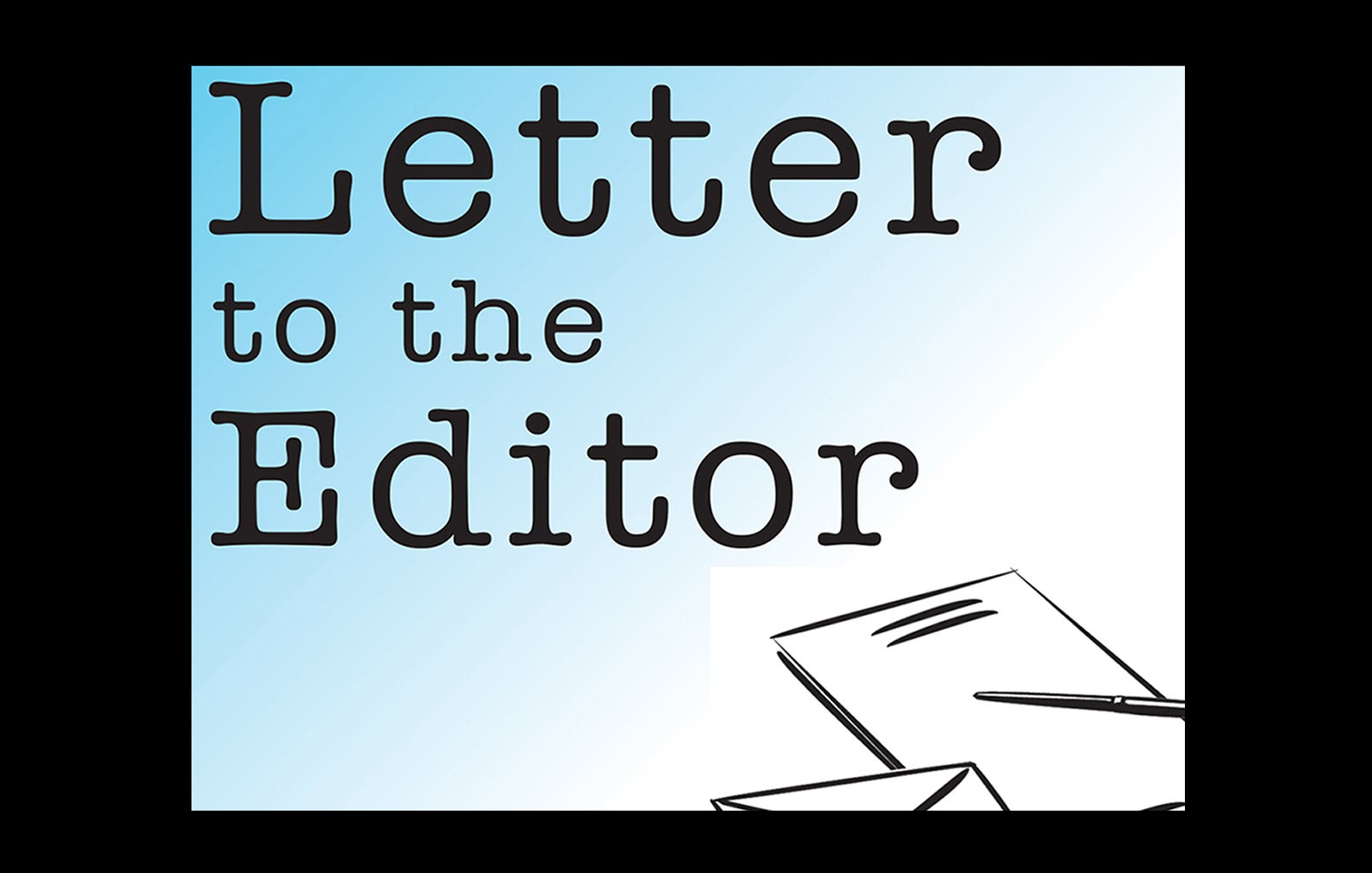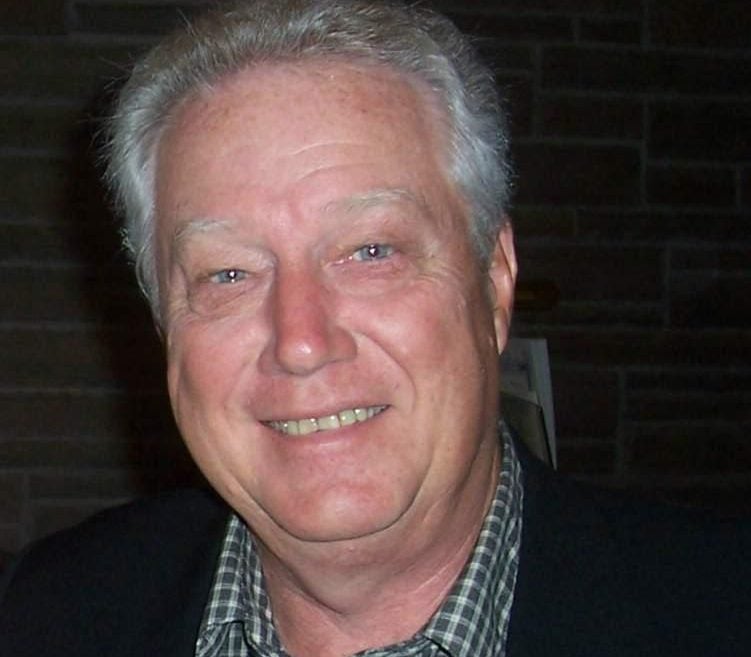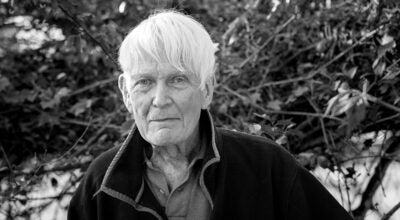Letter to the Editor: Why did climate change skip over Glacier National Park?
Published 6:59 am Thursday, September 23, 2021
|
Getting your Trinity Audio player ready...
|
To the Editor:
We live in unusual times. Every environmental crisis – be it a Texas winter storm, a Hurricane Ida, or forest fires burning uncontrollably in the West – is blamed on Climate Change (or Global Warming), take your pick. It seems like Climate Change is used more frequently today because it can be used to explain either a summer or winter event. And, regardless of the event, the sheep all nod in agreement.
And along comes Paul Schwennesen to throw cold water on the theory that Climate Change is the cause of every environmental problem that comes along – winter or summer. Paul is a PhD candidate in environmental history and Director of the Agrarian Freedom Project. He is a regular contributor to the Property and Environmental Research Center and his writing has appeared in the NY Times, American Spectator, Claremont Review, etc.
Last June, he decided to take his children to Glacier National Park. The purpose was to give them the experience boot-sledding down the slushy shoulders of Grinnell Glacier, one of 26 named glaciers in the Park. Some years ago, the park authorities had been told that the glaciers would all be gone by 2020 because of Climate Change. Consequently, the park authorities installed large three-dimensional displays around the park entitled “GOODBYE TO THE GLACIERS,” explaining that computer models had indicated that the glaciers will all be gone by 2020. And now, its 2021, and the 26 glaciers are still well and healthy.
What does this mean? Has Climate Change skipped over Glacier National Park? This glacier experience was great for the kids. Who wouldn’t want to play in the snow in June? But, what about the rest of us? We have put all of our faith in these computer models and they have betrayed us. Many in our society don’t understand that computer models are only as good as the underlying assumptions that the model developer makes in creating his model. If he makes the wrong assumptions, the model’s projections will be wrong, perhaps very wrong.
This is the world we live in today. No one told us about these assumptions and how they might affect the Model’s projections. On the bright side, at least the Schwennesen children had a good time.
There is, however, another side to the story that is not so delightful. We have become a society that is bereft of critical thinking. Many don’t understand that most models are wrong, and that only some are helpful. They often require multiple iterations to refine them. This can be very difficult when you have to make assumptions about futures that cannot be predicted. This makes developing a model that is supposed to predict future temperatures very difficult. Consider, for example, the challenges a weatherman might have to predict the temperatures next month.
Schwennesen uses his children’s experience to introduce us to Dr. Steve Koonin’s book “Unsettled.” In Schwennesen’s words, Koonin is no “crank.” He was a professor of theoretical physics at Cal Tech for more than two decades and was Undersecretary for Science at the Department of Energy in the Obama Administration. In a time when “consensus” sets the agenda and stifles independent inquiry, is it not better to have an authority of Koonin’s caliber in our corner than someone like Bill Nye The Science Guy.
So, the next time some so called expert claims that we need a Solar Farm in your community to stop Climate Change, ask them to explain how Climate Change skipped over Glacier National Park in June. Maybe it can skip over your county, and then he can take his solar farm project to another location where Climate Change is more real.
Lawrence Watts
Greenville
FOR MORE COLUMNS AND LETTERS TO THE EDITOR, CHECK OUT OUR OPINION SECTION HERE.





